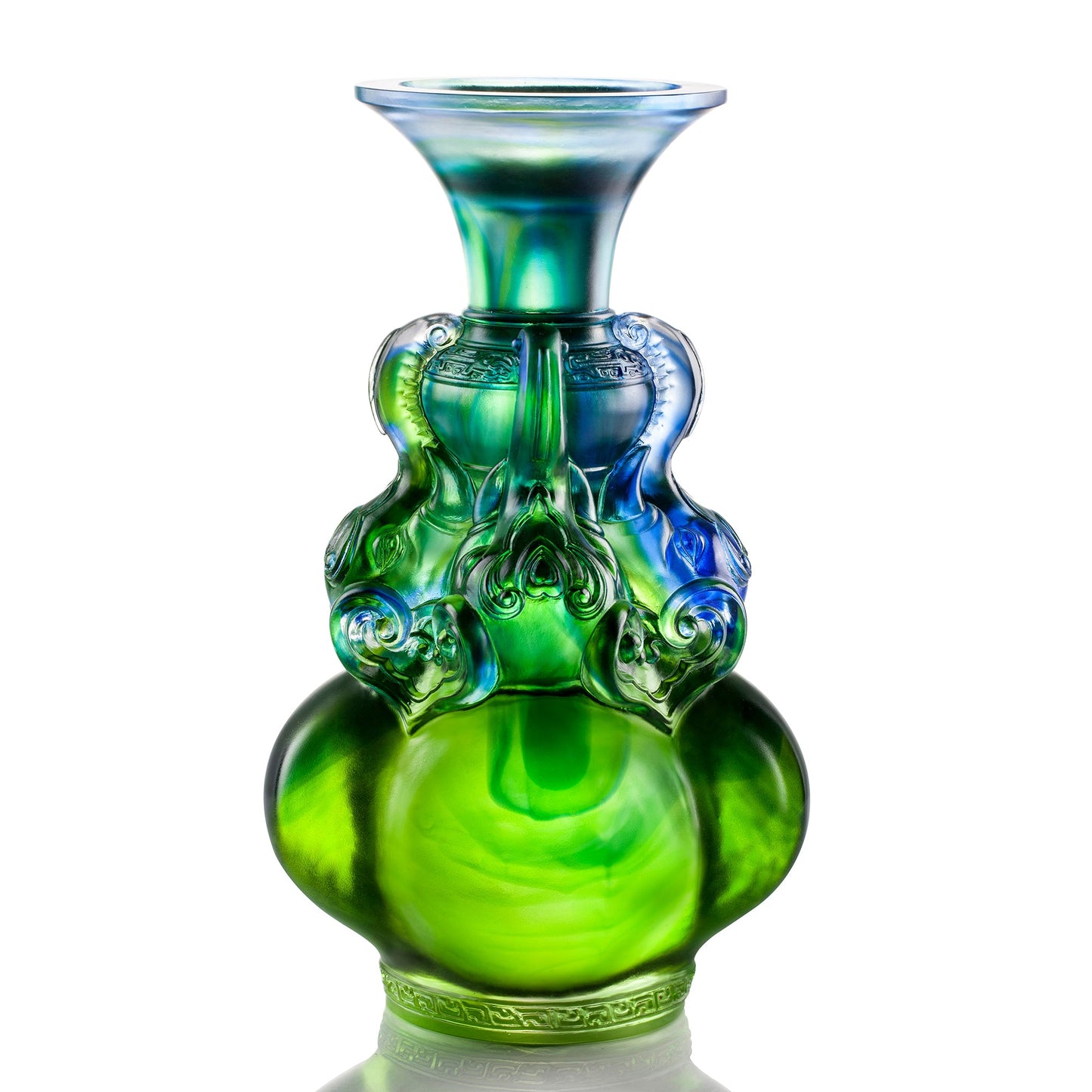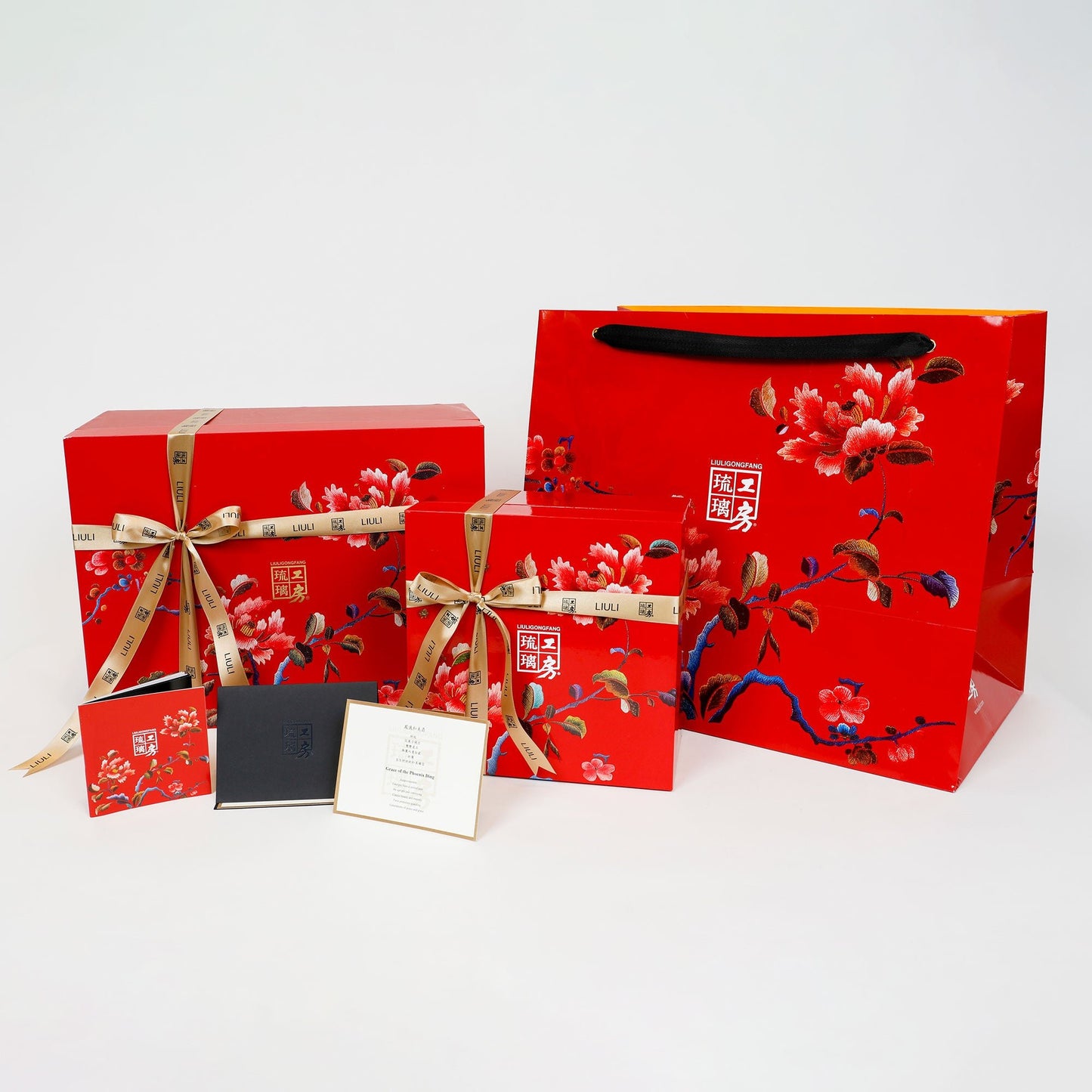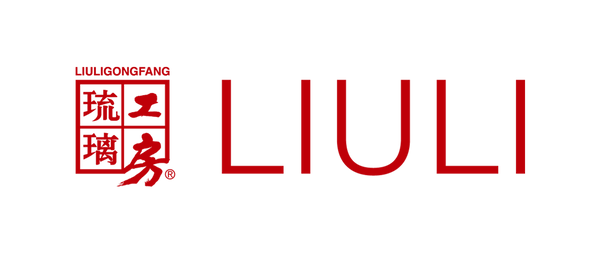

|
Design Description: In Chinese culture, elephants are stable, dependable and symbolize auspiciousness. An elephant carrying a vase was a popular decoration subject because of its auspicious meaning. The words for “vase” and “elephant” are homonymic with “peace” and “signs,” thus coinciding with a Chinese proverb: “When there is peace, there are signs” (tai ping you xiang). Four directions and four elephants symbolize a gathering from all four corners. Together they rise in peace, auspiciousness and the return of accomplishment. For friends, this is a blessing for synergy. For professionals, this is a blessing for rising success. For family, this is a blessing for the home. Following the Ming and Qing Dynasties, the symbol of the elephant and vase was mainly used by the imperial family. 設計概念說明: 象是中國古代的瑞獸,厚重穩行,因為象與“祥”諧音,被賦予吉祥的寓意。太平有象是中國傳統吉祥紋樣,即天下太平、五谷豐登的意思。在形象上,多以象(祥)和瓶子(平安)組合造型,也叫「太平景象」、「喜象升平。」 四個方位,四頭大象,代表了來自四方的聚合。一起擡頭,一起向上,托舉起的,是平安吉祥,是成果的收獲。對於夥伴,《吉象豐登》是對合作最好的期待和祝福。對於團隊,《吉象豐登》是對團隊積極向上的最好表達。對於家族,《吉象豐登》是家和萬事興的美滿祝願。 太平有象 陸遊詩中:太平有象天人識、南陌東阡搗麥香。 自明清之後,此主題多為皇家禦用。 |
|||
|
|||



